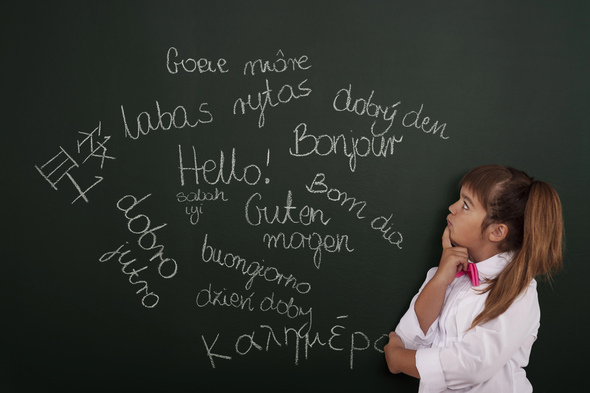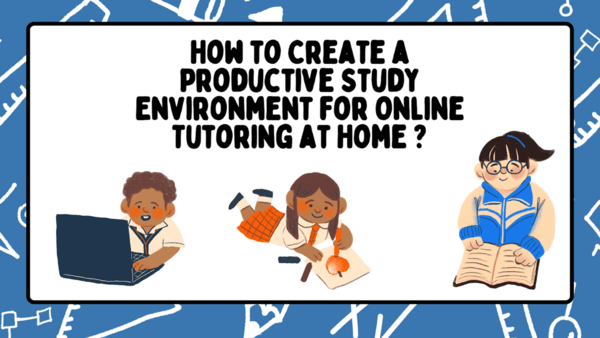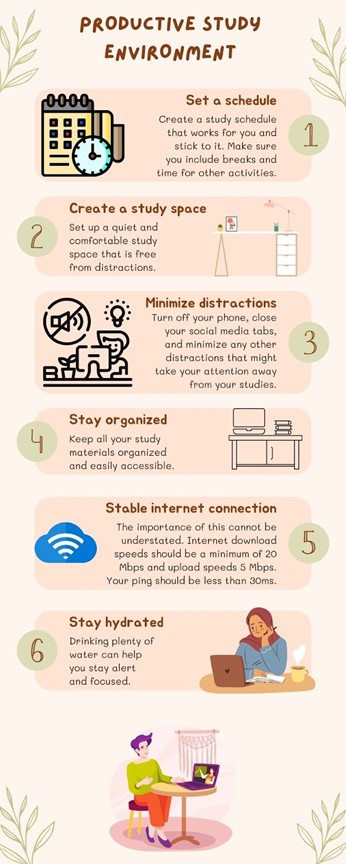How a Monolingual Child Becomes a Bilingual One
When considering bilingualism, we typically focus on its benefits and seldom take into account the challenges associated with it. The learning process of becoming a bilingual child, and the lived experience that goes with it, are fascinating topics. It deserves more exploration and research.
I sat down with Erin Quirk, FRQSC Postdoctoral fellow at Concordia University, to talk about these experiences. Here’s what I learned.
Learning Two Languages at the Same Time
It turns out that learning a second language can be similar to learning a first language, if one starts learning at a very young age.
“Before the age of three, there seems to be no difference between acquiring a first and second language,” says Dr. Quirk.
According to Dr. Quirk, research indicates that children who start learning a language before about three years of age follow a similar developmental trajectory as children learning a language from birth. This is called simultaneous bilingualism.
“There’s some evidence that beyond that age there do appear to be differences in terms of outcomes, but before that age, it doesn’t seem to be different. So, it would be similar for somebody who started hearing another language at daycare when they were three months old and someone who was hearing both languages at home from the beginning.”
Of course, this doesn’t mean that children who learn two languages simultaneously are equally fluent in both languages.
“Something to keep in mind here is that very rarely do bilinguals acquire two languages with perfectly balanced exposure to those languages,” says Dr. Quirk.
Do Babies Mix Up Languages?
In families raising bilingual children, parents may choose to use more than one language with their children. There are different ways of using two languages in one conversation with a child. For example, parents might repeat what they just said in the other language (immediate translation), or they may use two languages at different points in the conversation with the child (one language at a time). A recent 2023 study on three-to-five-year-old bilinguals showed that both strategies offer opportunities for bilingual children to develop their vocabulary.
Some parents are worried that teaching a second language to a child is confusing. Many people believe that babies can’t tell the difference between two languages when they hear them, but actually, they can from a very early age. In fact, researchers have found that even newborns can distinguish the language or languages spoken by their mother from other languages. This finding also shows that bilingual children start the process of language acquisition long before most parents realize it, in utero.
“In terms of the strategies that bilinguals use to learn words, they might do things slightly differently. For example, they are used to hearing two labels for one object because they have two languages being spoken around them” says Dr. Quirk.
Monolinguals can use what’s called mutual exclusivity. Take a bilingual child who speaks Spanish and English. If you compare the number of words they know to a monolingual child their age who speaks only Spanish or only English, they’ll know fewer words in each individual language. But if you take the number of concepts that the bilingual child knows across both languages and compare them to their monolingual peers, they’re the same.
In explaining mutual exclusivity, Dr. Quirk said,
“I don’t know the word for this thing, and you’ve just said a new word I’ve never heard before. I’m going to assume it’s that thing that I don’t have a word for in front of me. There’s some evidence that bilinguals will do this slightly differently. They use mutual exclusivity slightly less.”
Parents naturally help their children learn words in two languages by translating new words for them. The results of a 2022 study suggest that “bilingual parents code-switch in ways that support successful bilingual language acquisition.”

Can Children Learn a Second Language Through Media?
Our increased exposure to media (the relatively recent concept of binge-watching is an example) seems like it makes bilingualism a much easier trait to gain today, especially if a child is learning English. There’s a ton of high-quality media in the English language and many children are exposed to it through song lyrics, streaming services, and other forms of media.
“I would be skeptical of anyone saying that they learned a language purely from media exposure because there is pretty good evidence that you need to engage and be interactive in a language in order to acquire it,” says Dr. Quirk. “For children, and I think even in adults, there’s good evidence that you need to use the language and have kind of an interactional motivation to use it and not just passive exposure to it.”
A study by Tamara Sorenson Duncan and Johanne Paradis published in 2019 suggests that viewing television does not boost language learning and may even have a detrimental effect on learning a second language when studying bilingual 5-year-old children.
Language-learning apps are a popular tool for learning a second language nowadays.
“I think for children there probably are apps that are engaging, but they are not a replacement for actual interaction with people,” says Dr. Quirk. “The most important thing is interaction with people. This means more time talking to, ideally, native speakers, not just one, but maybe multiple. I think apps are not as important as interaction with people.”
The bottom line is that though technology can be used to enhance bilingualism in children, it can’t substitute human interaction.
The Earlier the Better
If you want your child to know more than one language, the rule of thumb is: the earlier, the better. That said, it’s certainly possible to learn a new language at any age. When learning at a young age, developmental milestones are usually similar between bilinguals and monolinguals.
“Keep in mind that exposure has an impact. So, if a child is learning a language that they hear very rarely, it’s totally natural for them to develop this language slightly slower.”
She went on to say that languages that children hear more frequently may develop similarly to monolinguals’ development of their first language.
Conclusion
Learning a second language can be an amazing skill and open up a person’s perspective to a whole new worldview. Not to mention, the cognitive skills that are boosted by learning a second language. But no matter how desirable this is, much of early bilingualism isn’t controlled by parents.
What parents can do is provide their children with as many opportunities to hear and speak in the languages they are learning. Under the right conditions, the human brain has an amazing capacity for learning multiple languages at a young age. What parents need to do is trust the process.
Related Reading
Read Learn about the future career benefits of being a multilingual.












